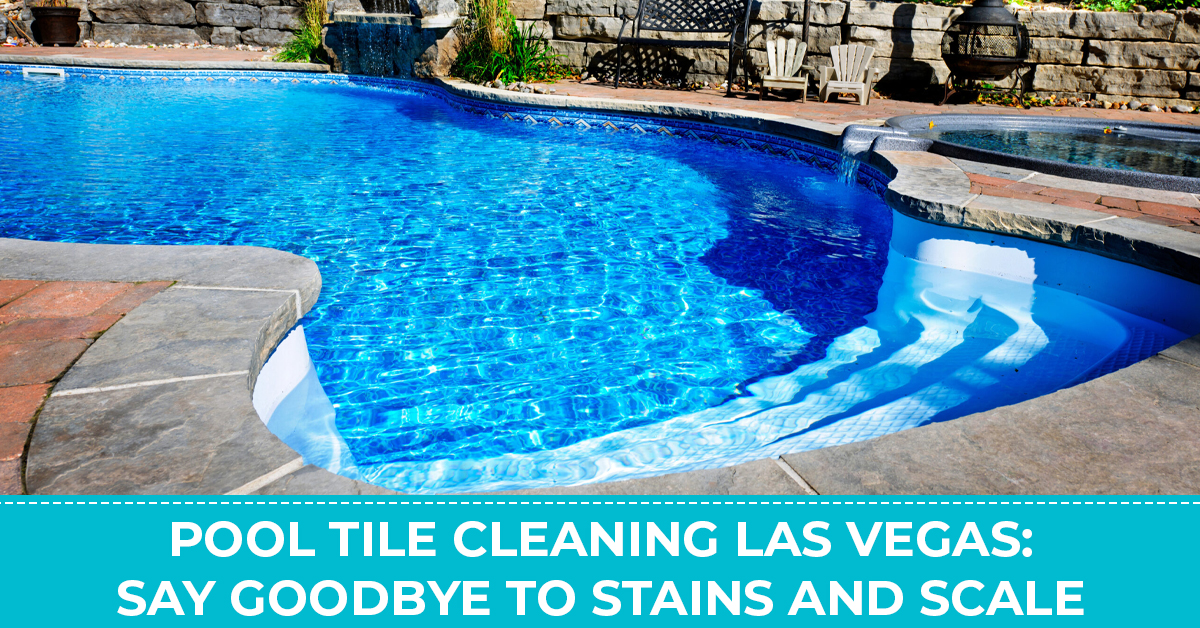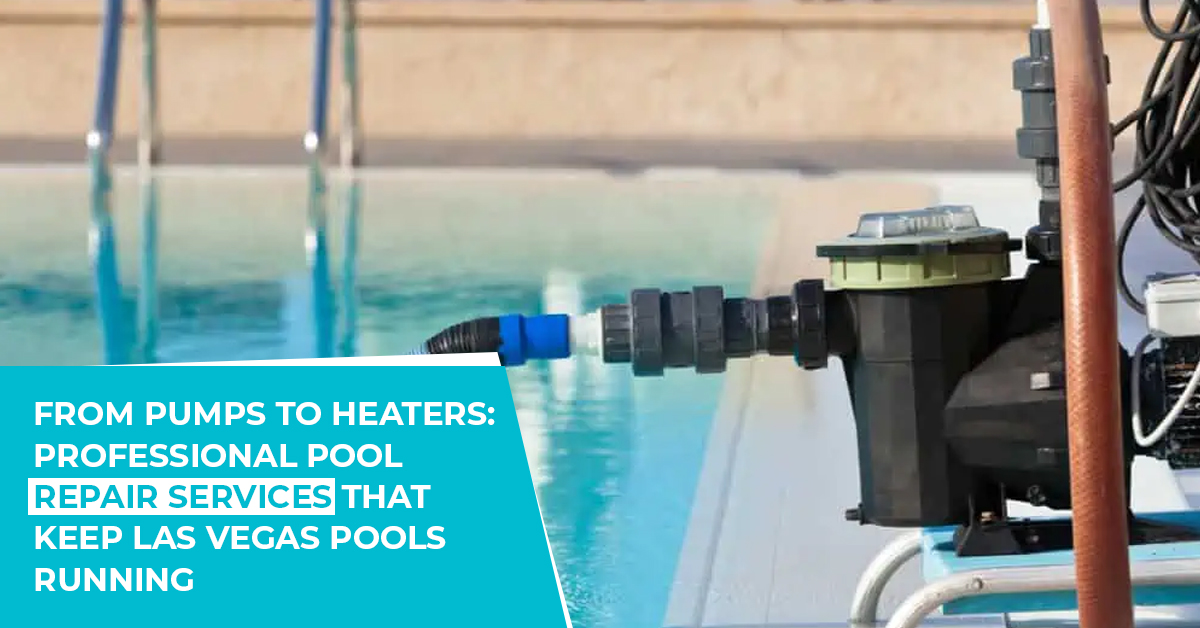How to Remove Ugly Pool Stains and Restore Your Pool's Clean Look
Your investment in a swimming pool is likely a considerable one. Many pools can cost thousands, even tens of thousands of dollars. After making such a huge investment, you will want to keep your swimming pool neat and clean and ready for use. If you see ugly stains forming on the floor or sides of your pool, knowing the cause can help you better remove them. Let’s examine some common stains that develop in pools and how to clean them.
Common Pool Stains and Their Causes
Various causes can result in ugly pool stains. They are typically due to how the substance reacts to being in water. The item or substance settles to the bottom and begins to decompose, leaving a stain on your pool surface or lining. Each cause has a different solution. We will explore the most common causes of pool stains and the best method for removing them.
Among the most common pool stains are those caused by organic matter. Typically, these stains are red, green, brown, or blue in color. Common organic elements that cause staining include:
Algae – All kinds of algae can form and flourish in your pool water, especially if the water is left untreated. Algae spores can float along on the air currents and fall from nearby trees, and always seem to proliferate in water. Look for green algae to float on top of the water or cling to the sides. Yellow or brown algae, like mustard algae, usually forms along the sides and bottom of the pool.
Fruit/berry Bushes or Trees – Red, purple, or blue stains are typically from some sort of organic berry or fruit that blows into the pool and begins to decompose. Anything that can stain your clothing, teeth, or furniture can also stain your pool surfaces. Since these materials sink, they can be stepped on by swimmers and crushed, speeding the staining process.
Leaves and Other Foliage – Long smears or brown/green stains can occur from leaves and dirt that are allowed to remain in your pool. These items can get underneath your pool cover during the off-season and create stains on the pool floor.
Heavy Metals – This inorganic cause for stains will cause different colored stains according to the type of metal that gets into the water and may cause permanent damage.
- Copper: corroded copper or brass pipes will cause blue, teal, green, or black staining near where your water enters the pool.
- Iron: well water with iron or corroded iron pipes can cause rust-colored, brown, gray, or greenish stains.
- Manganese: this mineral is also sometimes found in well water and can accumulate in your pool water, causing pink, dark brown, or purple stains.
Chemical Stains – If you have chlorine tablets that have fallen out of the chlorine feeder and landed, resting on the bottom of the pool; you will more than likely have permanent stain damage. Chlorine feeders can take a beating in the hot LVegas sun. Be sure to purchase a good sturdy high quality feeder that will not easily crack or break.
Removing Pool Stains
Now that you know the causes of the most common pool stains, you can use the best solution to remove each type. Some solutions work for more than one type of stain; however, you should always use the best solution for each type for the best results.
Organic Matter Stains
The best solution for removing stains from all forms of organic matter is to apply chorine directly to the stain and scrub with a bristle brush until the stain is broken up and gone. Be sure to use rubber gloves and eye protection when using chlorine or other pool chemicals, including stain removers. Some commercial stain removal products are available for use in pools, and are safe for all surfaces. But since you likely keep chlorine around for balancing your pool’s water chemistry, it can save you some money.
After scrubbing away all organic matter stains, you will need to test your water chemistry to see what else is at work. Excessive algae, for example, will return quickly if the water chemistry is out of balance. Shocking your pool is recommended after removing any type of organic stains. This will help bring the water chemistry back into balance and eliminate any remaining bacteria, making the water safe to enjoy.
Metal Stains
You cannot accurately determine what type of metal staining you have by color alone. Scrape some of the stain off, take a water level reading and a water sample, and show all this to a professional at your local pool store. They can determine the type of metal that has contaminated your pool and recommend a stain remover. Individual removal products are available for iron, copper, and manganese.
You will likely need to scrub the stain remover product into the stain until it breaks up and dissolves. If significant levels of the metal are present in your pool water (as determined by the water test), you may need to scrub down all your pool surfaces with the correct removal product.
After removing any metal stains and residue, shock your pool and balance the water chemistry, allowing your pump and filtration system to run for at least 24 hours. Test the water again to ensure the chemistry is safe before use.
Preventing Pool Stains
Your job is not complete until you prevent stains from reoccurring in your pool. Some of these measures can be simple, while others may involve some effort and/or cost. But protecting your pool investment is worth the time, effort, and expense.
For organic matter stains, keep your pool cleaned regularly and do not allow leaves, sticks, bugs, and other debris to remain more than a day or so. Keeping your water chemistry in balance can also help to keep decomposing bacteria from growing. If there are fruit or berry bushes or trees nearby, remove them. Be sure to tightly cover your pool when closing it down and inspect the cover regularly to keep it tightly secured to your pool.
For metal stains, finding and removing the source of metal is necessary. This can mean removing and replacing old, corroded piping in your plumbing system. If you use well water, you may need to treat your water or use a special filtration system. You can also make sure your well is watertight and not leaching water into your pool.
Regular pool maintenance will go far toward keeping your pool surfaces stain-free. You can also contact a local pool service company for help with removing stains and other pool maintenance tasks.
For all of your pool maintenance, including stain removal, call the professionals at Clean Living Pool and Spa.







